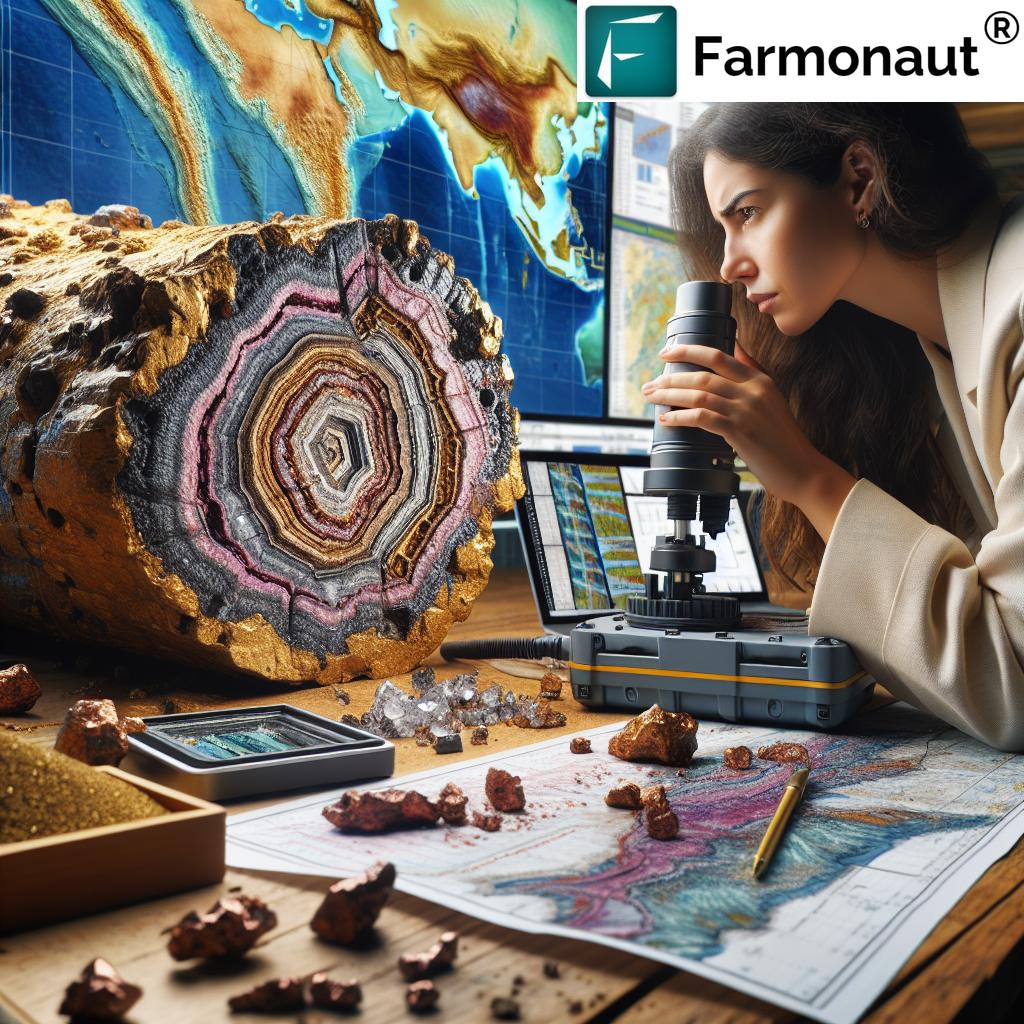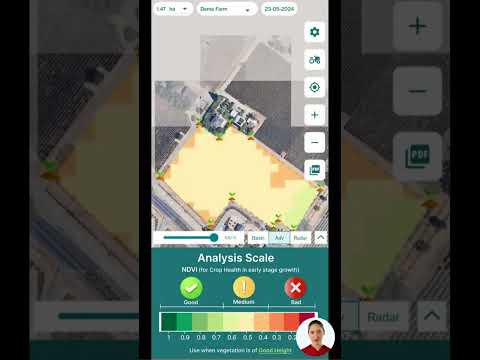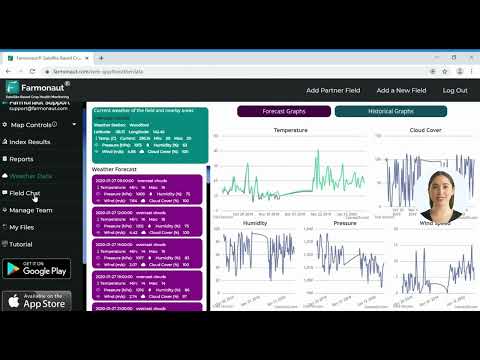Exploring Chile’s Copper Frontier: Drilling Begins in Atacama’s Untapped IOCG Mineralization Zone
“Chile’s Atacama region hosts over 1.5 billion tonnes of copper-gold resources, making it a global mineral hotspot.”
As we delve into the exciting world of copper exploration in Chile, we’re witnessing a significant milestone in the Atacama region’s mining landscape. The commencement of drilling activities at the Chiricuto Property marks a new chapter in the quest for untapped iron oxide copper-gold (IOCG) mineralization. This development not only highlights the ongoing importance of copper mining projects in 2024 and beyond but also showcases the critical role of advanced mineral exploration techniques in unlocking the region’s vast potential.
The Atacama Region: A Copper Powerhouse
Northern Chile’s Atacama region has long been renowned for its mineral wealth, particularly its abundant copper resources. The area’s geological formation, characterized by extensive iron oxide alteration systems, has made it a prime target for exploration companies seeking to uncover major copper-gold deposits. With over 1.5 billion tonnes of copper-gold resources already identified in the region, the Atacama continues to attract significant attention from the global mining industry.

The Chiricuto Property, spanning approximately 570 hectares, is situated in a highly strategic location within the Mantoverde copper district. Its proximity to established mining operations, such as Capstone Copper’s Mantoverde mine and Santo Domingo development project, underscores the area’s rich mining potential. These neighboring sites collectively house over 1.5 billion tonnes of copper-gold mineral resources, setting the stage for potentially significant discoveries at Chiricuto.
Tribeca Resources: Spearheading Exploration Efforts
Tribeca Resources Corporation (TSXV: TRBC) (OTCQB: TRRCF) has taken the lead in exploring this promising frontier. The company’s decision to acquire a 100% interest option in the Chiricuto property in March 2024 set the wheels in motion for an intensive pre-drilling program. This preparatory phase, which included comprehensive geological mapping, geophysical surveys, and soil sampling, has culminated in the current drilling campaign.
Dr. Paul Gow, CEO of Tribeca Resources, expressed enthusiasm about reaching this crucial stage: “We’re thrilled to begin drilling at Chiricuto after months of meticulous preparation. Our team has invested considerable effort in laying the groundwork for this exploration phase, and we’re optimistic about the potential for significant IOCG mineralization in this untapped area of the district.”
The Drilling Program: A Closer Look
“The ongoing drilling program in Atacama’s IOCG zone consists of 1,500 meters across five strategic holes.”
The current drilling program at Chiricuto is a testament to the power of systematic mapping and advanced mineral exploration techniques. Planned to cover approximately 1,500 meters across five strategic drill holes, this initiative aims to evaluate the mineral potential in two key areas identified through geological and geophysical data analysis.
- Western Magnetic Anomaly: A large magnetic anomaly in the western part of the property, indicative of significant magnetite alteration.
- Northwestern IP Chargeability Anomaly: A substantial induced polarization (IP) chargeability anomaly, possibly suggesting extensive hematite alteration.
These targets were pinpointed through a combination of geological mapping, gradient-array IP surveying, and soil sampling, which revealed elevated copper and gold anomalies strongly correlating with the geophysical targets.

Geological Mapping: The Foundation of Exploration
Geological mapping forms the backbone of any successful mineral exploration program. At Chiricuto, preliminary mapping efforts have unveiled extensive alteration zones, providing crucial insights into the property’s mineralization potential. This process involves:
- Identifying rock types and structures
- Mapping surface expressions of mineralization
- Delineating alteration patterns
The information gathered through geological mapping helps geologists understand the depositional environment and structural controls on mineralization, guiding subsequent exploration activities.
Geophysical Surveys: Unveiling Hidden Treasures
Geophysical surveys play a crucial role in modern mineral exploration, allowing geologists to “see” beneath the surface and identify potential ore bodies. At Chiricuto, two main geophysical methods have been employed:
- Magnetic Surveys: These detect variations in the Earth’s magnetic field caused by different rock types and mineral concentrations. The large magnetic anomaly identified in the western part of the property is a prime example of how this method can pinpoint areas of interest.
- Induced Polarization (IP) Surveys: IP surveys measure the chargeability of subsurface materials, which can indicate the presence of sulfide minerals often associated with copper deposits. The significant IP chargeability anomaly in the northwest corner of Chiricuto is a promising target generated by this method.
These geophysical anomalies, when combined with other exploration data, provide compelling targets for the drilling program.
Soil Sampling: Tracing Mineralization at the Surface
Soil sampling is a cost-effective and non-invasive exploration technique that can reveal the presence of mineralization beneath the surface. At Chiricuto, systematic soil sampling has identified elevated copper and gold values that correlate strongly with the geophysical anomalies. This correlation adds another layer of confidence to the selected drilling targets.
The soil sampling process typically involves:
- Collecting samples at regular intervals across the property
- Analyzing samples for trace elements indicative of mineralization
- Creating geochemical maps to identify anomalous areas
The integration of soil geochemistry with geophysical and geological data has been instrumental in refining the drilling targets at Chiricuto.
The IOCG Deposit Model: A Prime Target
The exploration at Chiricuto is focused on identifying iron oxide copper-gold (IOCG) deposits, a class of mineral deposits known for their significant size and grade. IOCG deposits are characterized by:
- Abundant iron oxide minerals (magnetite or hematite)
- Significant copper mineralization, often with gold as a valuable by-product
- A spatial association with major crustal structures
The Atacama region is renowned for hosting world-class IOCG deposits, making the Chiricuto Property a prime target for this style of mineralization. The combination of geophysical anomalies, alteration patterns, and geochemical signatures observed at Chiricuto aligns well with the IOCG deposit model, further bolstering the exploration potential of the property.
Drilling Techniques and Technology
The drilling program at Chiricuto employs state-of-the-art diamond drilling technology. Diamond drilling is preferred in mineral exploration for several reasons:
- It provides continuous core samples, allowing for detailed geological and structural analysis
- Core samples can be assayed for precise metal content determination
- It allows for deep penetration, reaching targets that may be hundreds of meters below the surface
The five strategic drill holes planned for Chiricuto are designed to intersect the geophysical and geochemical anomalies at various depths and orientations, maximizing the chances of intercepting significant mineralization.
Environmental Considerations in Exploration
As we pursue new mineral discoveries, it’s crucial to consider the environmental impact of exploration activities. Tribeca Resources has implemented several measures to minimize its environmental footprint:
- Using existing access roads where possible to reduce land disturbance
- Implementing water conservation practices in drilling operations
- Conducting baseline environmental studies to monitor potential impacts
- Adhering to strict environmental regulations set by Chilean authorities
These practices ensure that exploration activities are conducted responsibly, balancing the need for resource discovery with environmental stewardship.
The Future of Copper Exploration in Chile
The drilling program at Chiricuto is just one example of the ongoing copper exploration efforts in Chile. As global demand for copper continues to rise, driven by renewable energy technologies and electric vehicle production, the importance of discovering new copper resources cannot be overstated.
Chile, as the world’s leading copper producer, plays a crucial role in meeting this demand. The exploration activities in the Atacama region, including those at Chiricuto, are paving the way for the next generation of copper mines that will help sustain Chile’s position in the global copper market.
Comparison of Exploration Techniques in Chile’s Copper Mining
| Exploration Technique | Application in Atacama | Effectiveness (Scale 1-5) | Cost Efficiency (Scale 1-5) | Environmental Impact |
|---|---|---|---|---|
| Geophysical Surveys | Identifying magnetic and IP anomalies | 5 | 4 | Low |
| Soil Sampling | Tracing surface expressions of mineralization | 4 | 5 | Low |
| Geological Mapping | Understanding regional and local geology | 4 | 5 | Low |
| Drilling Programs | Testing subsurface targets | 5 | 2 | Medium |
| Remote Sensing | Large-scale mineral alteration mapping | 3 | 4 | Low |
The Role of Technology in Modern Exploration
As we continue to push the boundaries of mineral exploration, technology plays an increasingly important role in enhancing our understanding of mineral deposits and optimizing exploration efforts. Some key technological advancements in the field include:
- 3D Modeling: Advanced software allows geologists to create detailed 3D models of mineral deposits, integrating data from various sources to better visualize and interpret subsurface geology.
- Machine Learning: AI algorithms are being employed to analyze vast datasets, identifying patterns and anomalies that might be missed by human interpretation.
- Drone Technology: Unmanned aerial vehicles (UAVs) are increasingly used for high-resolution mapping and surveying, especially in remote or challenging terrains.
- Portable XRF Analyzers: These handheld devices allow for rapid, on-site analysis of rock and soil samples, providing immediate feedback during field exploration.
While these technologies enhance exploration efficiency, they complement rather than replace traditional geological expertise and field work.
The Economic Impact of Copper Exploration
The ongoing exploration activities at Chiricuto and similar projects in the Atacama region have significant economic implications:
- Job Creation: Exploration projects create employment opportunities for geologists, drillers, and support staff, often benefiting local communities.
- Investment Inflow: Successful exploration can attract substantial investment for mine development, boosting the local and national economy.
- Infrastructure Development: Mining projects often lead to improvements in local infrastructure, including roads, power supply, and water management systems.
- Technology Transfer: International exploration companies bring advanced technologies and practices, fostering knowledge transfer to local professionals.
The potential discovery of a significant copper deposit at Chiricuto could have far-reaching economic benefits for the region and Chile as a whole.
Challenges in Copper Exploration
Despite the promising outlook, copper exploration in Chile faces several challenges:
- Water Scarcity: The Atacama Desert is one of the driest places on Earth, making water management a critical issue for exploration and mining operations.
- Depth of Deposits: Many near-surface deposits have already been discovered, requiring exploration for deeper, more challenging targets.
- Environmental Regulations: Increasingly stringent environmental standards require careful planning and execution of exploration activities.
- Social License: Gaining and maintaining community support is crucial for the long-term success of exploration and mining projects.
Addressing these challenges requires innovative approaches and close collaboration between exploration companies, local communities, and regulatory authorities.
Looking Ahead: The Future of Chiricuto and Beyond
As drilling progresses at the Chiricuto Property, the mining industry eagerly awaits the results. Successful intercepts of significant copper-gold mineralization could lead to:
- Expanded exploration programs to delineate the full extent of mineralization
- Resource estimation studies to quantify the potential economic value of the deposit
- Preliminary economic assessments to evaluate the feasibility of mine development
Beyond Chiricuto, the success of this exploration program could spark renewed interest in the broader Atacama region, potentially leading to new discoveries and developments in Chile’s copper industry.
Conclusion: A New Chapter in Chile’s Copper Story
The commencement of drilling at the Chiricuto Property marks an exciting new chapter in Chile’s long and storied copper mining history. By leveraging advanced exploration techniques, including detailed geological mapping, sophisticated geophysical surveys, and targeted drilling, Tribeca Resources is at the forefront of efforts to unlock the untapped potential of the Atacama’s IOCG mineralization zone.
As we look to the future, the outcomes of this exploration program could have far-reaching implications not only for the local mining industry but for global copper supply in an era of increasing demand. The Chiricuto project exemplifies the ongoing importance of systematic, science-driven exploration in meeting the world’s future mineral needs while adhering to principles of responsible resource development.
We’ll be watching closely as this story unfolds, potentially adding a new chapter to Chile’s rich copper mining legacy and contributing to the global transition towards a more sustainable, electrified future.
FAQ Section
Q: What is IOCG mineralization?
A: IOCG stands for Iron Oxide Copper-Gold. It’s a type of mineral deposit characterized by significant concentrations of copper and gold associated with iron oxide minerals like magnetite or hematite.
Q: Why is the Atacama region important for copper exploration?
A: The Atacama region in northern Chile is known for its vast copper resources, hosting over 1.5 billion tonnes of copper-gold resources. Its unique geological features make it a prime area for discovering new copper deposits.
Q: What techniques are used in modern copper exploration?
A: Modern copper exploration employs a range of techniques including geological mapping, geophysical surveys (such as magnetic and IP surveys), soil sampling, and diamond drilling. Advanced technologies like 3D modeling and machine learning are also increasingly used.
Q: How does drilling contribute to mineral exploration?
A: Drilling provides direct samples of subsurface rocks, allowing geologists to analyze the composition, structure, and mineral content at depth. It’s crucial for confirming the presence of mineralization indicated by surface and geophysical studies.
Q: What are the environmental considerations in copper exploration?
A: Environmental considerations include minimizing land disturbance, managing water use, conducting baseline environmental studies, and adhering to local environmental regulations. Responsible exploration practices aim to balance resource discovery with environmental stewardship.
Earn With Farmonaut: Affiliate Program
Earn 20% recurring commission with Farmonaut’s affiliate program by sharing your promo code and helping farmers save 10%. Onboard 10 Elite farmers monthly to earn a minimum of $148,000 annually—start now and grow your income!





















